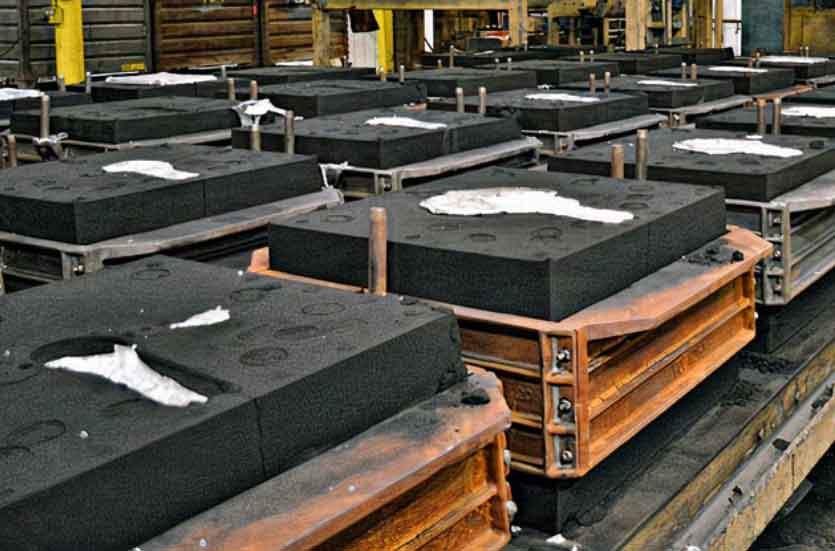
Resin sand casting offers several environmental benefits, making it a sustainable and eco-friendly approach to metalworking compared to some other casting methods. These environmental advantages contribute to reducing the overall environmental impact of metal manufacturing processes. Let’s explore some of the key environmental benefits of resin sand casting:
- Lower Greenhouse Gas Emissions: Resin sand casting generally involves lower greenhouse gas emissions compared to high-temperature processes like shell molding or investment casting. The curing of the resin binder typically occurs at room temperature or with minimal heating, resulting in reduced energy consumption and fewer emissions.
- Reduced Energy Consumption: As mentioned earlier, the lower curing temperatures and minimal heating requirements in resin sand casting translate to reduced energy consumption during the mold-making process. This contributes to overall energy efficiency and a smaller carbon footprint.
- No Harmful Emissions: Resin sand casting does not produce harmful emissions such as CO2, sulfur dioxide, or nitrogen oxides, which can be associated with high-temperature casting processes. As a result, it helps in maintaining air quality and reducing air pollution.
- Minimal Waste Generation: The use of sand and resin in the casting process means that the majority of the materials used are reusable or recyclable. Moreover, the sand molds can often be reclaimed and reused, minimizing waste generation and promoting sustainability.
- Recyclable Materials: Both sand and resin are recyclable materials, and the reclaiming and recycling of sand can significantly extend its lifespan, reducing the need for virgin sand extraction.
- Non-Toxic Binders: Furan and urethane resins, commonly used as binders in resin sand casting, are generally considered non-toxic and safe to handle when used properly. This reduces the potential health and environmental risks associated with the casting process.
- Reduced Water Usage: Resin sand casting does not require significant water usage, unlike certain casting processes that involve extensive water cooling or cleaning operations.
- Flexibility in Material Selection: The process can work with a variety of metals, including recycled or scrap metals, encouraging the use of sustainable materials in manufacturing.
- Sustainable Production Volume: Resin sand casting is suitable for both small-scale and large-scale production, allowing manufacturers to adjust production volume to meet demand and reduce overproduction.
- Versatility and Waste Reduction: The ability to create complex shapes and fine details with high precision means that manufacturers can produce parts with minimal material waste, optimizing material usage.
By harnessing these environmental benefits, resin sand casting aligns with sustainable manufacturing practices. As the importance of environmental conservation and eco-friendly manufacturing continues to grow, processes like resin sand casting play a vital role in reducing the environmental impact of metalworking industries while maintaining efficient and cost-effective production. Manufacturers can embrace these sustainable approaches to metal casting and contribute to a greener and more environmentally responsible future.
